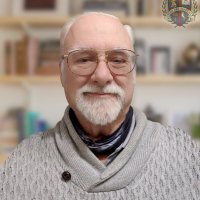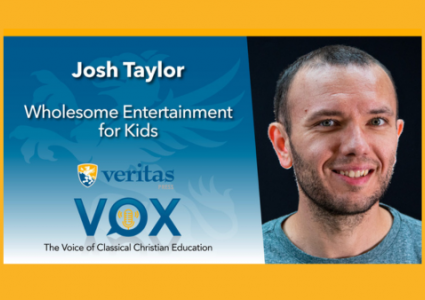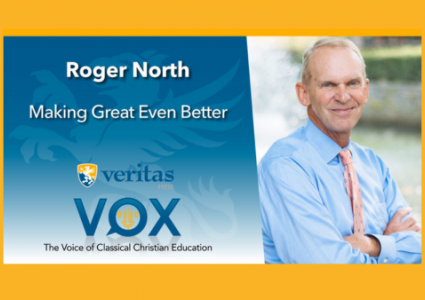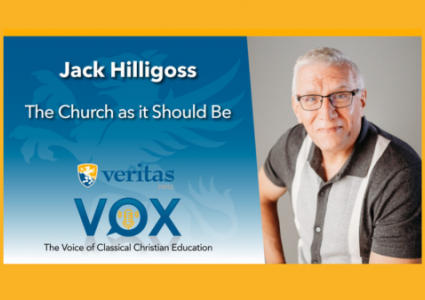How do the Omnibus books fit together?
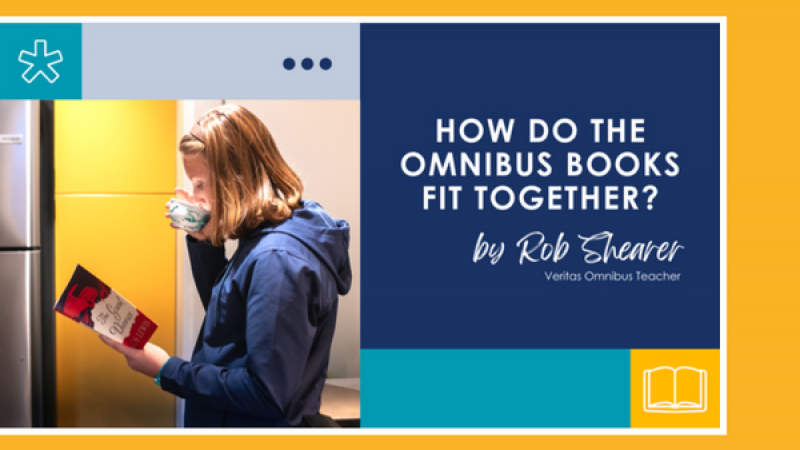
Why were certain books selected for students to read in the Secondary course rather than the Primary course?
The six-year, twelve-course Omnibus curriculum is a sumptuous feast of literature, philosophy, & theology. The courses are arranged chronologically and travel twice through the sequence Ancient / Medieval / Modern. But what’s the difference between the books in the Primary course for each year and the Secondary course? And why are some books in the reading list at all?
The basic distinction between the two courses is this: the Primary books are the traditional “Great Books” of Western Civilization; the Secondary books have been chosen to supplement and balance the books in the Primary set. In general, the Secondary books are a bit lighter and easier to read. They include historical fiction and sometimes more modern books connected to the time period and ideas covered in the Primary Reading.
For instance, in Omnibus IV Secondary, one of the books chosen is Agatha Christie’s Death on the Nile. The book is set in the 1930s but has some deep connections to the ancient world. The book's central motif is the key geographic feature of ancient Egypt, the Nile. Reading the book will help the modern student connect to and understand the ancient world better.
Another book, from Omnibus II Secondary, also illustrates this type of connection. Parents sometimes question why we read Dorothy Sayers’ The Nine Tailors in Omnibus II Secondary. The book itself is a murder mystery set in England in the 1930s. But a great deal of medieval history is referenced in connection with the village and church where the murder occurs. The church bells each have their back story, which includes the details of their casting in the Middle Ages. In addition, the author, Dorothy Sayers, was a friend of Tolkien and Lewis and is considered to be a member of the Inklings. And finally, of course, Dorothy Sayers is the author of Recovering the Lost Tools of Learning – one of the books that inspired the beginnings of the modern Christian and Classical Schools movement.
For a moment or two, one may wonder what The Hobbit and The Lord of the Rings trilogy have to do with medieval history. But most Tolkien fans will know (and students should learn) that he was one of the great medieval literature scholars and, during his academic career, the world’s leading expert on Beowulf. Much of the literature of the Middle Ages is reflected, referenced, and echoed in The Lord of the Rings. There is much in the trilogy that students will understand better and more deeply if they study the Middle Ages while reading it. And reading it is also quite likely to make the Middle Ages more exciting and enjoyable.
So that’s something of the rhyme and reason for selecting the books for Omnibus Primary and Omnibus Secondary courses.
- Rob Shearer



